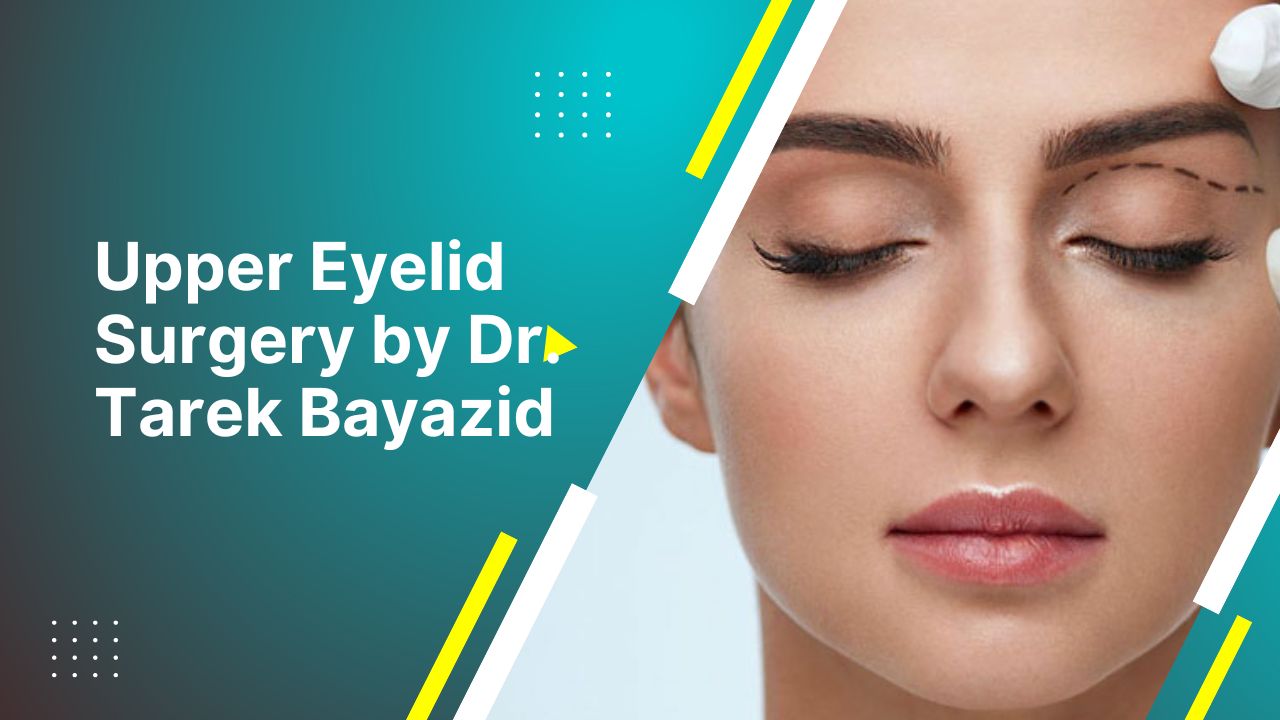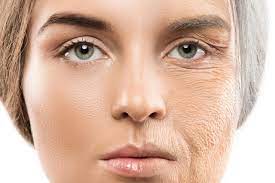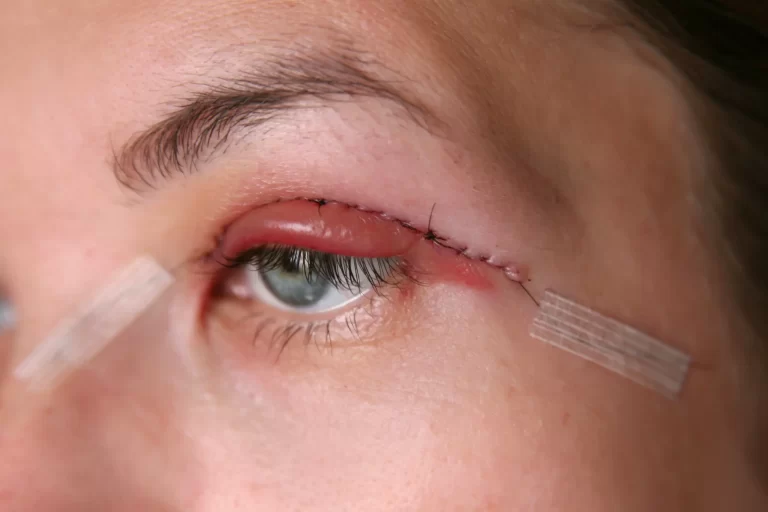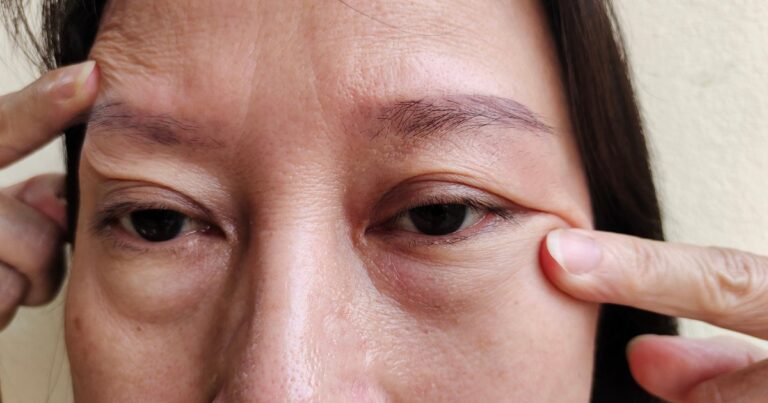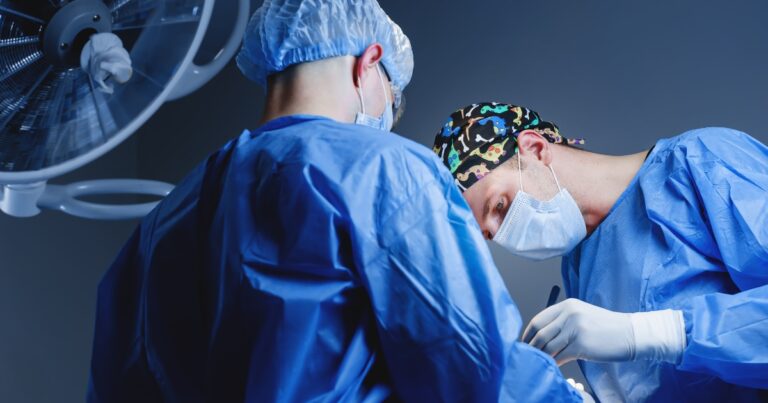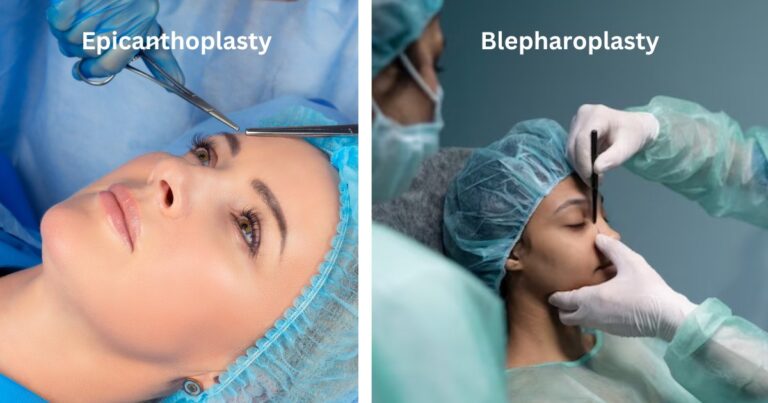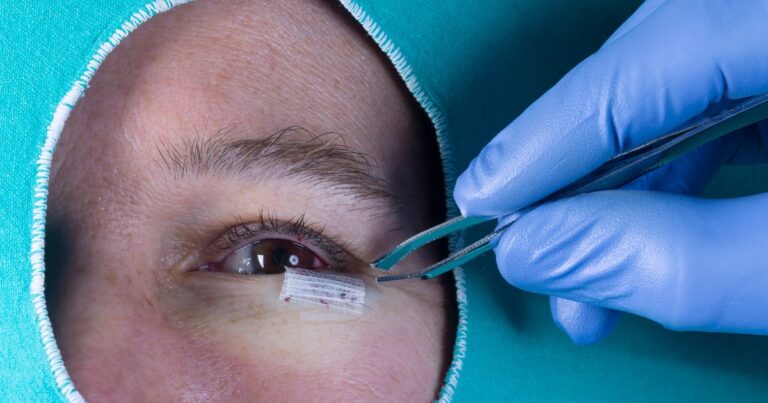Upper eyelid surgery reshapes the eyelids from being saggy to youthful. But what does the surgery involve? Who qualifies for the procedure? Find out below.
Saggy upper eyelids give a person an older look than their age. Other times, they can alter their vision. Upper eyelid surgery helps with such problems and makes your eyes look younger and more active. The common reason behind droopy upper eyelids is aging, which results in the weakening of eyelid muscles. Other medical conditions can also be the cause of droopy upper eyelids.
If you want to undergo an upper eyelid procedure, understanding what it involves, how to take care of yourself after it, and the side effects are essential.
What is Upper Eyelid Surgery?
Upper eyelid surgery, also called blepharoplasty, is a procedure involving the removal of excess or saggy muscle tissue around the eyelids. The droopy eyelids are usually caused by ageing in most cases. Blepharoplasty rectifies upper eyelid changes that result in the weakening and ageing of the eyelid muscles.
Book A Consultation With Dr Tarek Bayazid
Top-rated Plastic Surgeon For Eyelid Surgery in Dubai
Installment Plan Available
Before deciding to undergo upper eyelid surgery, you must consider why you may want to proceed with the procedure.
Why Consider Upper Eyelid Surgery?
Suppose a person is considering upper eyelid surgery; identifying why is essential. Below are some reasons why people would consider blepharoplasty.
Visual Impairment Corrections
If left unchecked, droopy upper eyelids may affect your vision. The saggy skin in front of your eyes causes direct visual impairment while partially blocking peripheral vision. Blepharoplasty helps achieve a youthful look by removing the saggy skin from the upper eyelids, allowing for better eyesight.
Heavy Upper Eyelid Corrections
Eyelid muscles lose strength primarily due to ageing. The muscles soon begin sagging, hence affecting a person’s visuals. Patients commonly struggle to keep their eyes open, straining them and possibly developing headaches. Upper eyelid surgery aids in the removal of saggy skin and muscles. In turn, a patient’s eyes feel lighter than before the procedure.
Easy Makeup Application
Saggy eyes tend to make it challenging to apply makeup correctly. The makeup is constantly used to cover up the droopy upper eyelids rather than for beauty. Eyeshadows and eyeliners work perfectly with smoothened eyelids. Upper eyelid surgery will eliminate the excess saggy skin, making applying makeup seamlessly.
Uplifting Your Facial Appearance
Droopy upper eyelids give a tired appearance to a person even when they are not exhausted. Usually, saggy eyelids make someone appear older than their actual age, hindering their self-esteem. The lack of self-esteem leads to less interaction with other individuals. Upper eyelid surgery improves a person’s facial appearance, providing a youthful look and boosting their self-esteem.
What is the Procedure of an Upper Eyelid Surgery?
Before an upper eyelid surgery is performed, there are certain things a patient must understand before the procedure. Below are the before, during, and after the process of upper eyelid surgery.
Before
A patient visits their preferred surgeon for a routine medical check-up. The surgeon will ask about previous surgeries, medical history, medication, supplements, etc. Later on, the surgeon will examine the excess fat around the eyelids, the position of the eyebrows, and the muscles. An eye exam will be administered to test tear production, a visual field test for blindspots, and eyelid photography. Later, a surgeon will discuss with the patient the risks involved and when and where the procedure will be performed. Some of the risks include:
- Infections
- One eye is larger than the other one
- Serious visual damage
- Deep bruising and scarring
- Haematoma
Finding a board-certified and experienced surgeon is imperative in avoiding such risks. Dr. Tarek Bayazid is a top-notch plastic surgeon based in Dubai. His work has proven to help many patients uplift their appearance and project fantastic results. Patients must ensure that they ask any relevant questions related to upper eyelid surgery and the surgeon. The surgeon will then advise that you stay clear of smoking and arrange for someone to take you home after the procedure.
During
After the discussion about the risks and results that the patient wants, upper eyelid surgery is ready to be done. The patient will have two anesthesia options: local and general anesthesia. The former will sedate the patient, who keeps them awake, while the latter will ultimately put the patient to sleep. After that, incisions will be made in the natural creases of the upper eyelids. The incisions are made either by laser or a traditional scalpel.
The surgeon will then remove the necessary excess skin, muscle, and fat. Incisions are then closed with small sutures that can dissolve in the skin or be removed by the surgeon a week after surgery. If the droopy upper eyelid is close to the pupil, the surgeon may combine upper eyelid surgery with ptosis. Ptosis is designed to lift the upper eyelids and remove excess skin.
After
After upper eyelid surgery, a patient is taken to a recovery room for close monitoring by the surgeon or nurses. Upper eyelid surgery takes a maximum of three hours; hence being an outpatient procedure. Some patients opt to stay in the hospital for a night or two after surgery. The surgeon will advise you to avoid smoking or any form of drug use, strenuous activities, or rubbing your eyes during recovery. The surgeon will prescribe pain medication to relieve any form of discomfort. Swelling and bruising are expected after the procedure. Applying ice-cold packs and maintaining your head elevated helps in swelling reduction. Swelling and bruising will subside after a few days but will fully resolve a month after surgery.
The eyes will feel tight and sore after an upper eyelid surgery during the first recovery week. They may become dry, irritated, sensitive to light, and itchy. A surgeon will prescribe ointments to prevent any drying up. Normal day-to-day activities may resume upon the surgeon’s guidelines. A month after the surgery is a recommended waiting time before engaging in any activities. Follow-up appointments will be scheduled to keep track of the progress.
What are the Possible Side Effects of Upper Eyelid Surgery?
Just like any other procedure, there are side effects involved with upper eyelid surgery. Consulting with your surgeon before the surgery is essential. Choosing the right surgeon, like Dr. Tarek, will also minimize the risk of such side effects. The side effects are listed as follows:
- Puffy, numb eyelids, which are difficult to maintain close.
- Bruising that almost resembles a black eye
- Increased sensitivity to light and watery eyes.
- Scarring on the upper eyelid.
What are the After-Care Tips for Upper Eyelid Surgery?
Your surgeon may recommend resting as an after-care tip for the first week of recovery. During this time, avoiding any strenuous physical activities will be helpful in a quick recovery. Applying ointments prescribed by the surgeon will help prevent the upper eyelid from drying up. Itching is an expected side effect of upper eyelid surgery, but scratching the area will damage the work and alter the healing process.
Keeping your head elevated will reduce swelling and improve the healing process.
Conclusion
Upper eyelid surgery has helped people improve their physical appearance and boost their self-esteem. Droopy and saggy eyelids affect a person’s visuals over time, so getting upper eyelid surgery is essential.
Consulting with a surgeon, like Dr Tarek, about your desired results, risks involved, and potential side effects before undergoing upper eyelid surgery is recommended for the best results. Dr Tarek offers the best recovery tips and is a member of the American Society of Plastic Surgeons (ASPS), the International Society of Aesthetic Plastic Surgery (ISAPS), the Emirates Plastic Surgery Society (EPSS), and the Melbourne Advanced Facial Anatomy Course (MAFAC).
Reach out to us and book an appointment.
Read this article to find out about: Tips for Handling Lumps Following Blepharoplasty
